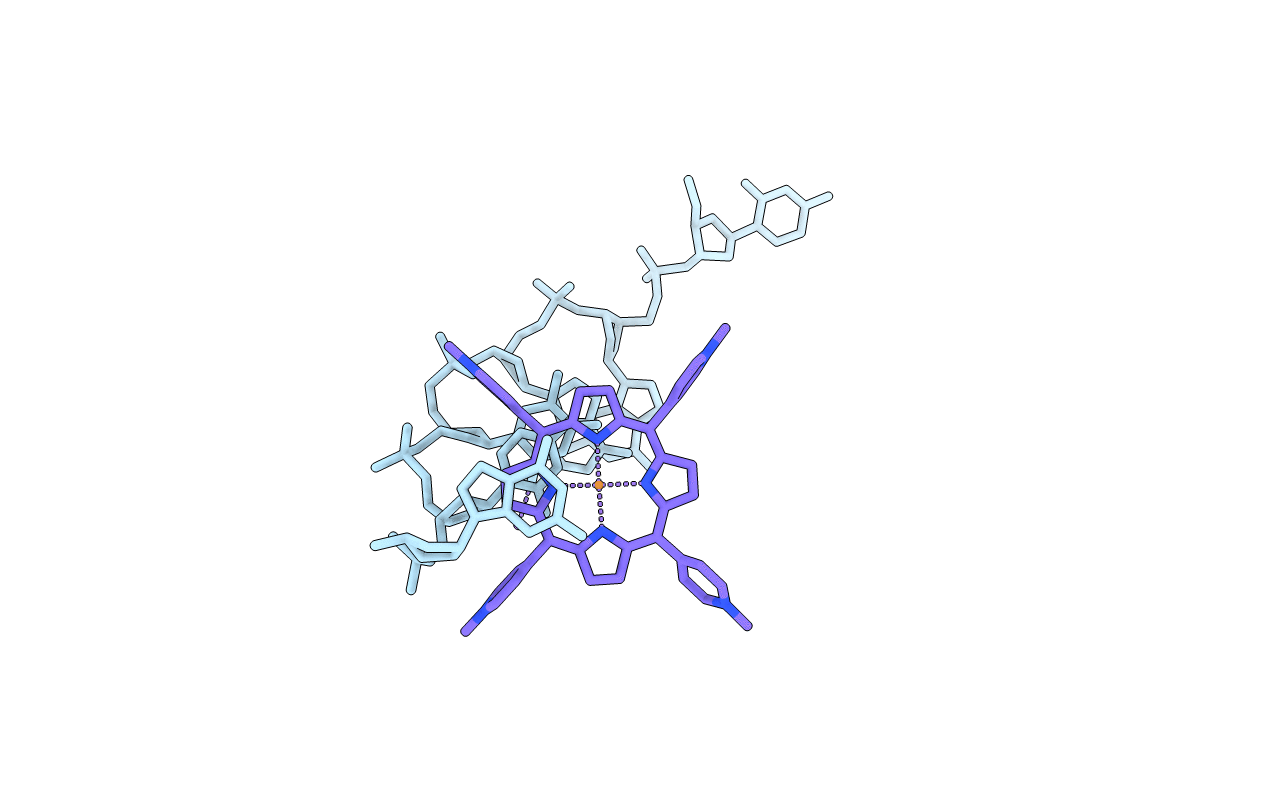
Deposition Date
1995-08-25
Release Date
1996-03-22
Last Version Date
2024-02-14
Entry Detail
Biological Source:
Source Organism:
Method Details:
Experimental Method:
Resolution:
2.40 Å
R-Value Work:
0.21
R-Value Observed:
0.21
Space Group:
P 61 2 2


